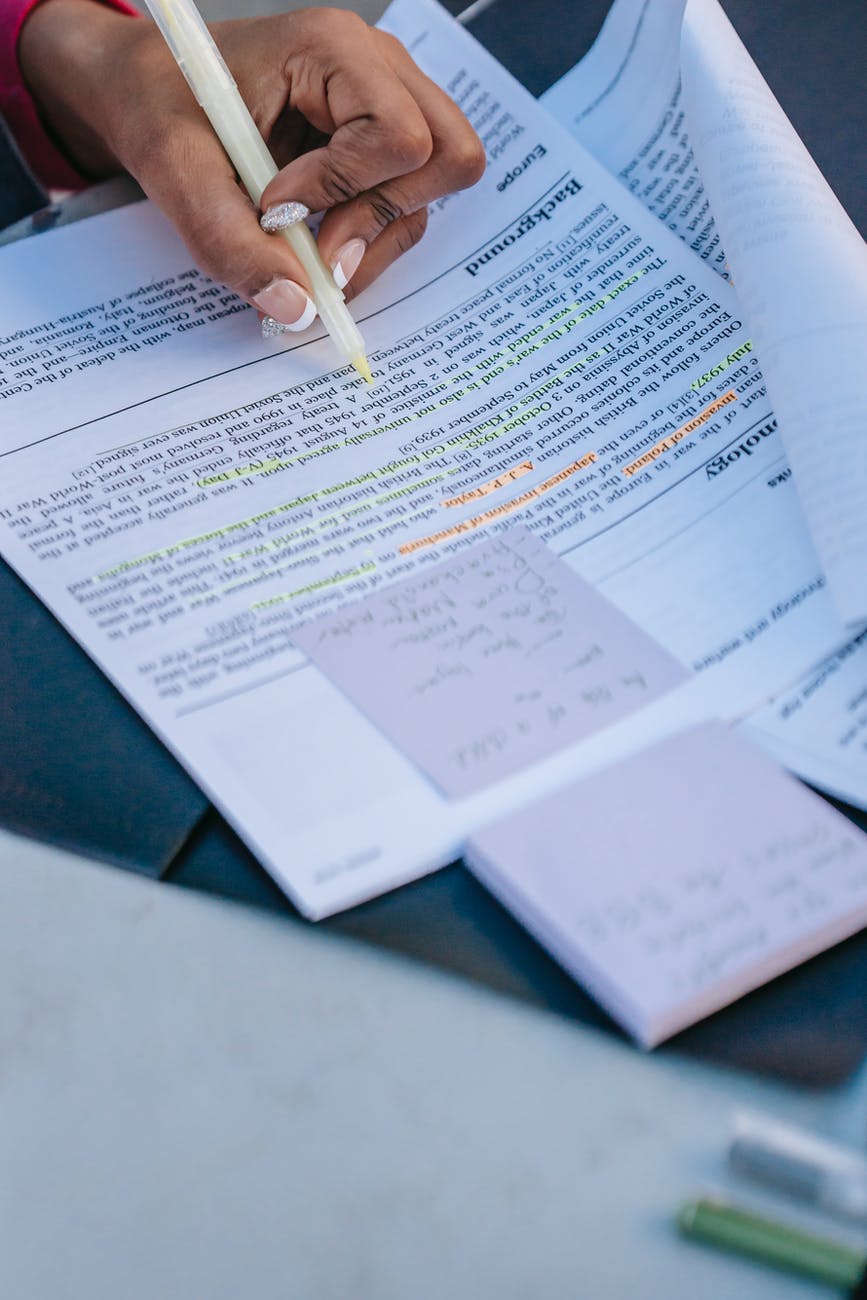Creative Writing Exercises To Get You Started
Even writers with the most vibrant imaginations need a little help sometimes. And, the art of writing is somewhat like building a muscle. You have to exercise. This is where creative writing exercises come in handy, whether you think you need them or not. There are exercises for all ages, skill levels and genres of writing. Whether you are a teacher who wants to motivate the creativity of your students or a writer who wants to hone your writing muscle and spark your creativity a good writing exercise can do the trick. Many writers do exercises of this type on a regular basis.
You will be amazed at the plethora of different creative writing activities you can do. Many of them are described in great detail online.
One example of such an exercise is descriptive writing. Choose an subject, whether it be a lemon, a dog or the kitchen sink (just a few ideas), then use your descriptive powers to give the reader an experience of the subject as if they were interacting with it themselves. For example, you don’t just want to say a lemon is yellow and sour, you want to capture its very essence from peel to fruit. The texture, the aroma, the appearance of the item should be described in depth without boring the reader with a list of details.
Rewriting a piece of your work from another point of view can be a challenging exercise. If you have a novel or short story, take a portion of it and change the POV, or point of view. For example if you are writing in first person (i.e. I, me) switch to third person (she, he) and tell your story. You will see the differences between the two points of view, see which best fits your work and stretch your writing muscles with a challenging activity.
One of the most fun creative writing exercises, group collaboration, can be used in classrooms and writers’ groups. Create a story by having each person add a sentence. This allows each person to contribute and can take the story on crazy twists and turns.
While young children can enjoy a haphazard story, older students and adults should try to write a collaborative story that makes sense. This particular exercise teaches flexibility as the next person has to build on the sentence created by the writer before them. And, it can be fun to see where the story goes and where it ends. You may want to establish a particular number of sentences for the story.








